Ingenio Puerto Rico
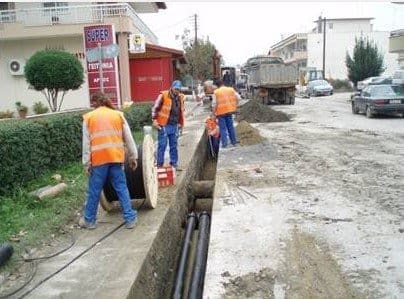 A high percentage of vacuum sewer installations around the world are in towns or communities that are mandated to convert from a septic tank system (or cesspool) to a conventional sewer system. Environmental factors are the main reason, as septic tanks, fine for small remote locations, are not acceptable once the town grows and the space required for a drainage field no longer exists. Many vacuum systems are also installed in areas where gravity sewers have failed or combined sewer systems are being phased out.
A high percentage of vacuum sewer installations around the world are in towns or communities that are mandated to convert from a septic tank system (or cesspool) to a conventional sewer system. Environmental factors are the main reason, as septic tanks, fine for small remote locations, are not acceptable once the town grows and the space required for a drainage field no longer exists. Many vacuum systems are also installed in areas where gravity sewers have failed or combined sewer systems are being phased out.
The choice for most communities converting from septic tanks or cesspools is either a vacuum sewer, a grinder pump pressure sewer, a gravity sewer or a combination of all three. The geopgrahic area, water table, environmental considerations or power supply will usually dictate what system is installed. Grinder pumps are more able to handle large changes in elevation or very low density rural areas but become a much more expensive option when looking at clusters of more than 50-100 houses, or where power supply is unstable.
Vacuum sewer systems are nearly always found in flat areas where there is a high water table or very difficult ground conditions. The main reasons why vacuum sewer systems are increasingly the number one choice is Capital Cost, Impact on Residents, Energy Costs and Power Stability, Environmental and the Reduction of Infiltration into the system.Protection of a Polish region’s water source
Low Cost Solution
Vacuum sewers are lower cost than other other options for both capital costs and operational costs. Shallow trenching, fast installation, and broad coverage (up to 3,000 houses to a single pump station) reduce upfront costs while low energy costs and full system monitoring reduce operational costs.
Low Impact on Residents
During power outages and major storms the only place where power is required is at the Vacuum Pump Station, it is not required elsewhere within the network. No collection pits require electricity. Residents have no loss of service. Residents also have no valves or pumps on their property and operations staff will not need to enter their property.
Construction time is short and residents will still be able to enter their homes and local businesses during that period.
Reduction of Infiltration
Flows from either storm water or ground water (I&I) cannot get into a vacuum sewer system without detection. All vacuum mains remain pressure tight and monitoring can detect when homeowners have broken laterals or direct excess flows into the system. Manholes are not used so it is a no-leak system. This reduces the load on the treatment plant especially during storm events. Read about flood affected projects here
If you would like to find out how much it would cost to install a vacuum sewer system in your town contact your local Flovac office or email us to get a free budget concept and budget. The more information that you can give us, the more detailed the response. We will need the following information.
- Project Location
- Drawings including catchment area.
- Number of current houses, future houses, any commercial or industrial users to include.
- Location of discharge point or treatment plant
- Flow rates to be used. Average flow per person, peak flow
- Any other informationthat you think would be useful
We work with local engineering firms and can provide training and support.
Contact Us here and we will direct your enquiry to the Flovac Engineering Group who will contact you for project details.



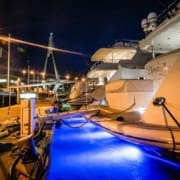
 This standout marina was first built in the late nineties to accommodate visitors to the 2000 Sydney Olympics. Since that time, not only have the yachts gotten bigger but the requirements of many of the yacht owners have reached the point where a number of upgrades to facilities are required. Clemens Overdijk, the Marina Manager since 2016 has been very interested in ensuring that their customers get the best experience possible.
This standout marina was first built in the late nineties to accommodate visitors to the 2000 Sydney Olympics. Since that time, not only have the yachts gotten bigger but the requirements of many of the yacht owners have reached the point where a number of upgrades to facilities are required. Clemens Overdijk, the Marina Manager since 2016 has been very interested in ensuring that their customers get the best experience possible. One aspect of the work that Flovac had been doing around the world was in the technology space. Flovac has pioneered the use of IOT (Internet of Things) technologies to enable remote troubleshooting of the system as well as remote operation of the system. Many existing pump out systems require the yacht manager to locate the pump station, turn it on manually (if it is working), go back to their yacht to start the operation which may take many hours to complete. If someone else is using it, or if there is a problem, it may well affect the ability of the yacht to get back into action in a timely manner. Flovac has developed an app for the phone, which the yacht owner can log into from the comfort of his or her yacht. At a glance they can see if the facility is available. Couple the yacht to the access port, push start on the phone and discharge the wastewater.
One aspect of the work that Flovac had been doing around the world was in the technology space. Flovac has pioneered the use of IOT (Internet of Things) technologies to enable remote troubleshooting of the system as well as remote operation of the system. Many existing pump out systems require the yacht manager to locate the pump station, turn it on manually (if it is working), go back to their yacht to start the operation which may take many hours to complete. If someone else is using it, or if there is a problem, it may well affect the ability of the yacht to get back into action in a timely manner. Flovac has developed an app for the phone, which the yacht owner can log into from the comfort of his or her yacht. At a glance they can see if the facility is available. Couple the yacht to the access port, push start on the phone and discharge the wastewater.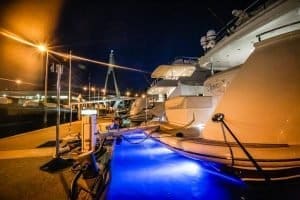 The very first yacht that tried out the new system was a new 65m superyacht, one of the larger yachts at the marina. They had experienced a lot of difficulty with the old system, often having to go to a different marina altogether as the system could not handle receiving pumped flows. With the new system, the 6,000 litre discharge took less than an hour and a “smooth operation”for all involved. Telling our operator and other boat owners that this was the best system that they had come across in Australia.
The very first yacht that tried out the new system was a new 65m superyacht, one of the larger yachts at the marina. They had experienced a lot of difficulty with the old system, often having to go to a different marina altogether as the system could not handle receiving pumped flows. With the new system, the 6,000 litre discharge took less than an hour and a “smooth operation”for all involved. Telling our operator and other boat owners that this was the best system that they had come across in Australia.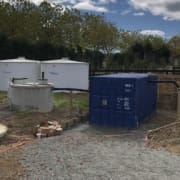
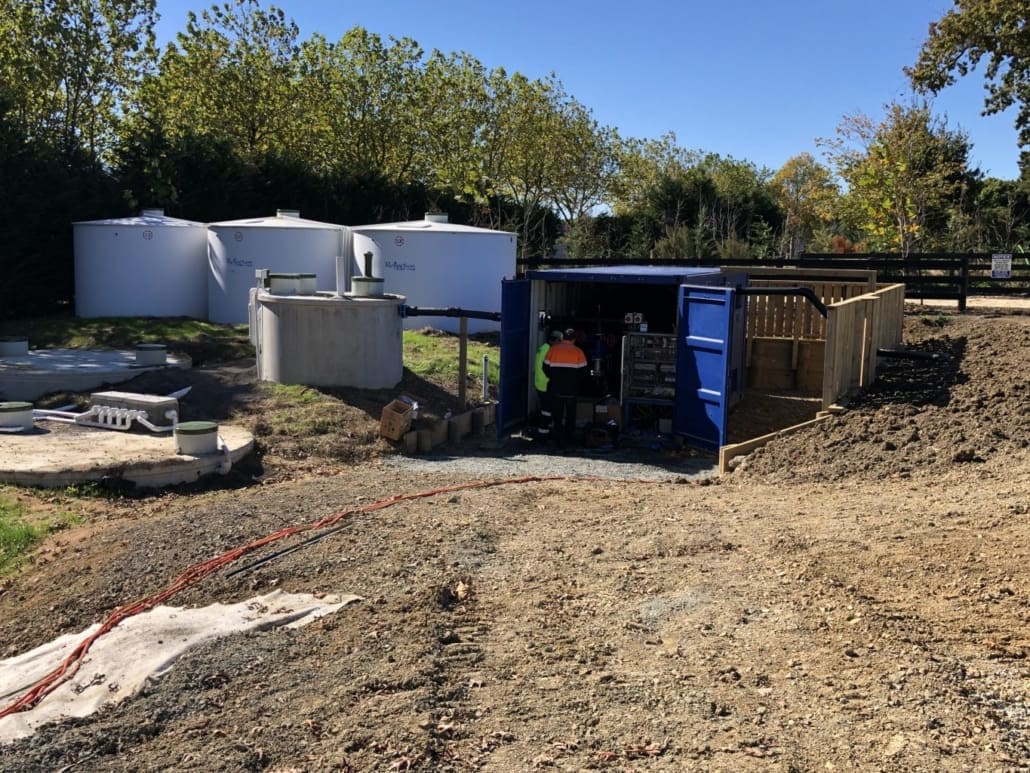
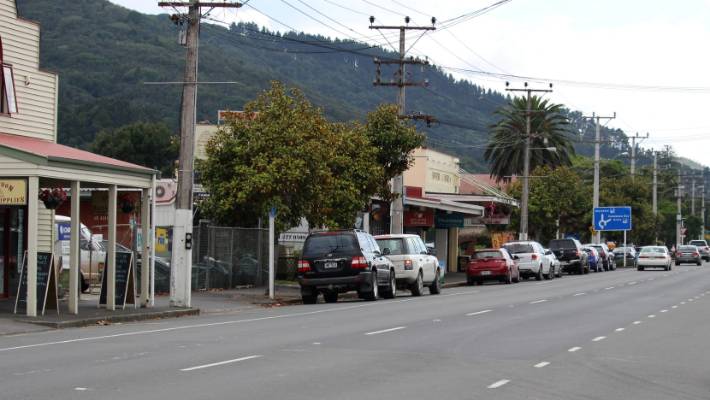
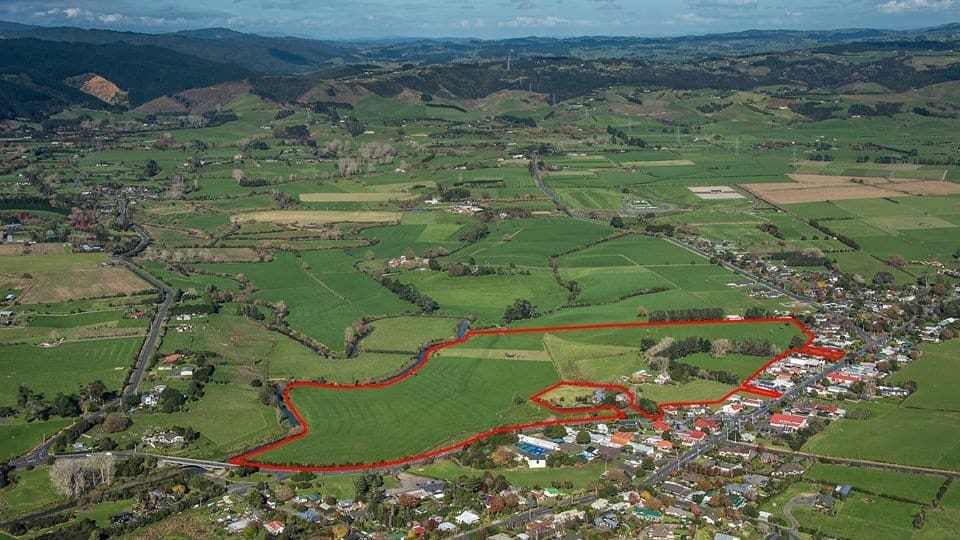

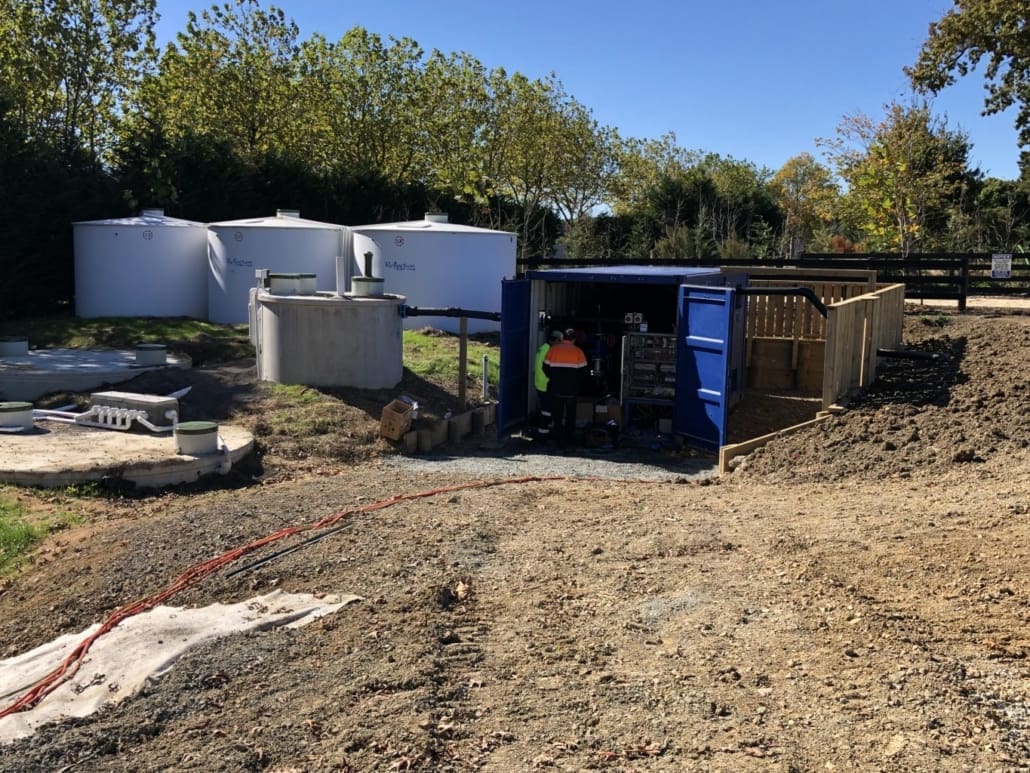
 Flovac’s deployable sewerage systems have been used in a variety of projects around the world, including at the London Olympics.
Flovac’s deployable sewerage systems have been used in a variety of projects around the world, including at the London Olympics. 
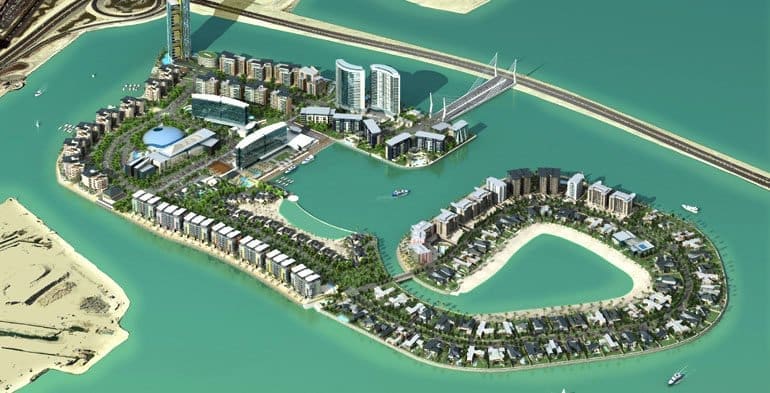 When design work commenced on the Reef Island project in 2008 many engineers suggested that vacuum systems could not be designed to handle flows coming from high rise buildings such as those being planned at Reef Island.
When design work commenced on the Reef Island project in 2008 many engineers suggested that vacuum systems could not be designed to handle flows coming from high rise buildings such as those being planned at Reef Island.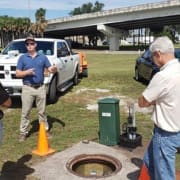


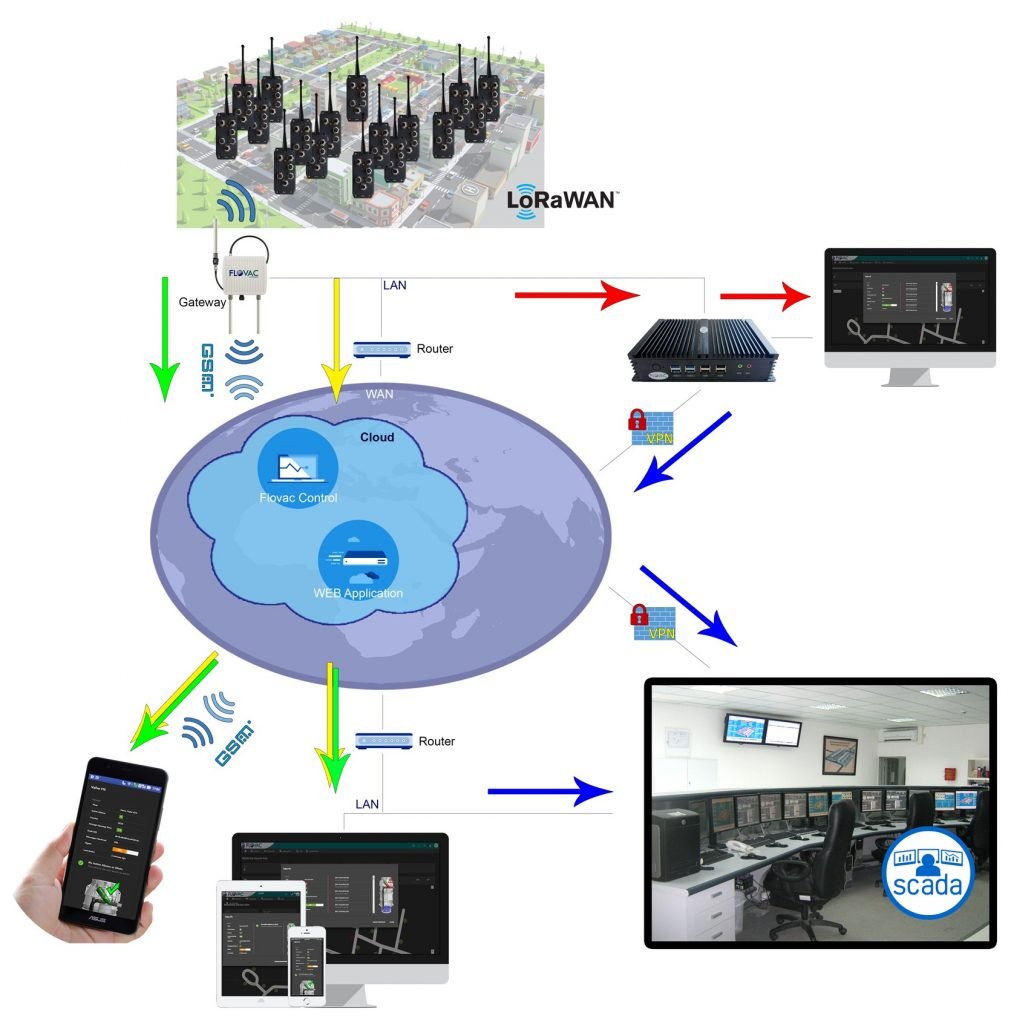
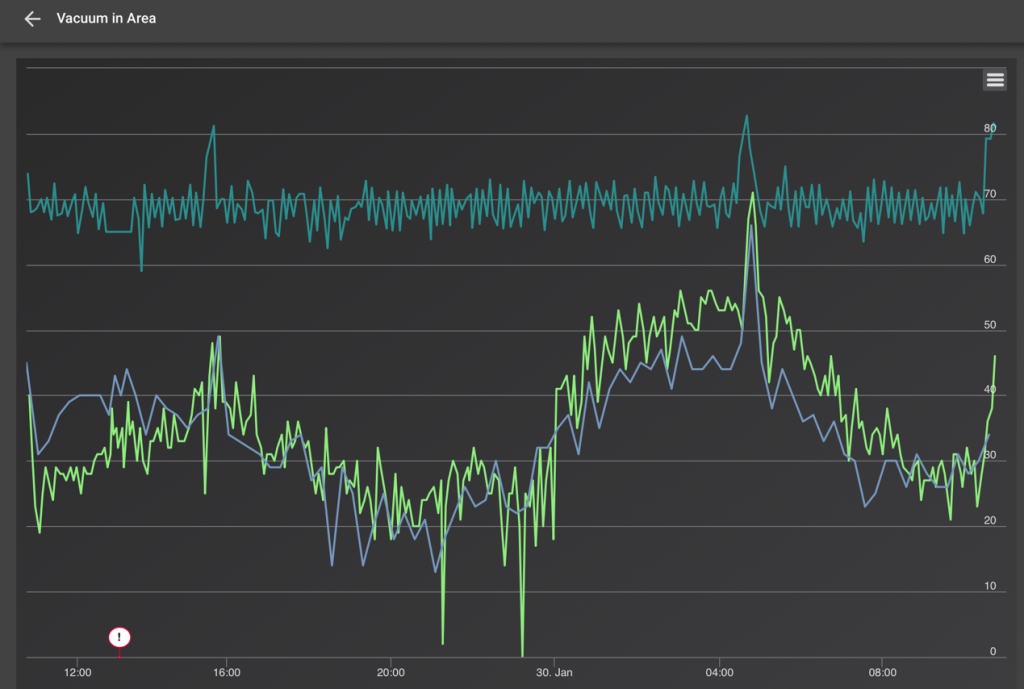



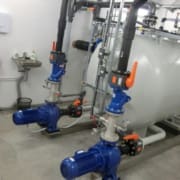
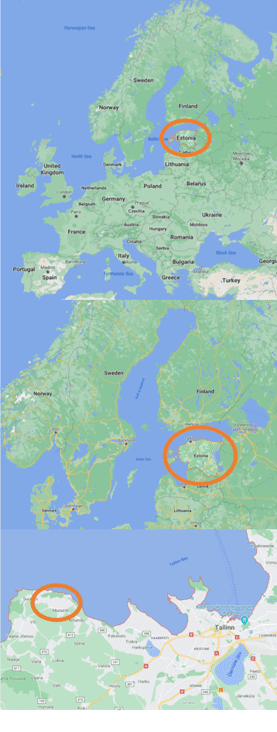 The Village of Muraste has replaced the aging septic tanks in the old part of the village which were causing environmental damage. Muraste is located 30 minutes drive north east of the capital of Estonia, Tallinn. Changing to a modern secure vacuum system will also improve the health of those in the town.
The Village of Muraste has replaced the aging septic tanks in the old part of the village which were causing environmental damage. Muraste is located 30 minutes drive north east of the capital of Estonia, Tallinn. Changing to a modern secure vacuum system will also improve the health of those in the town.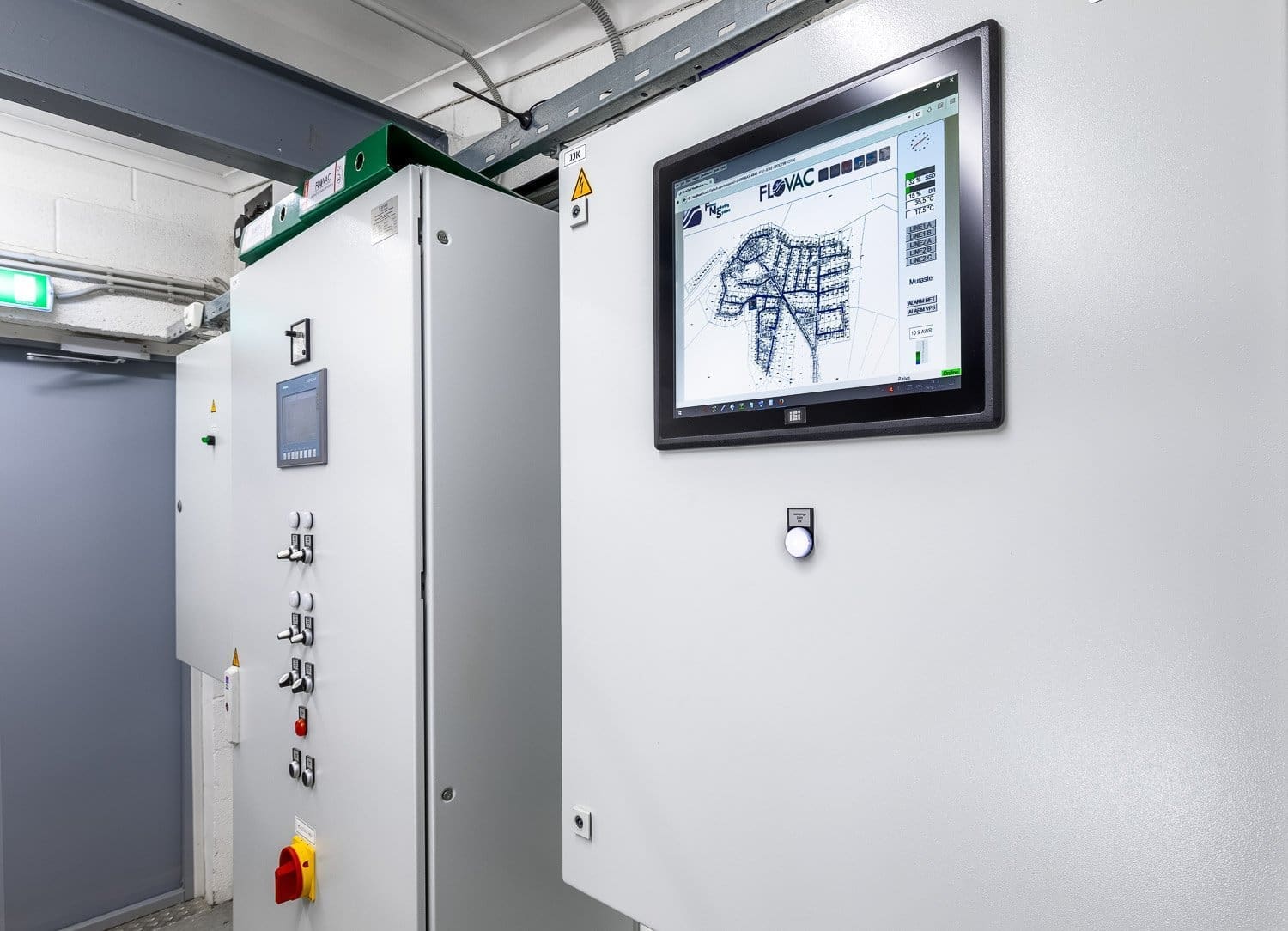
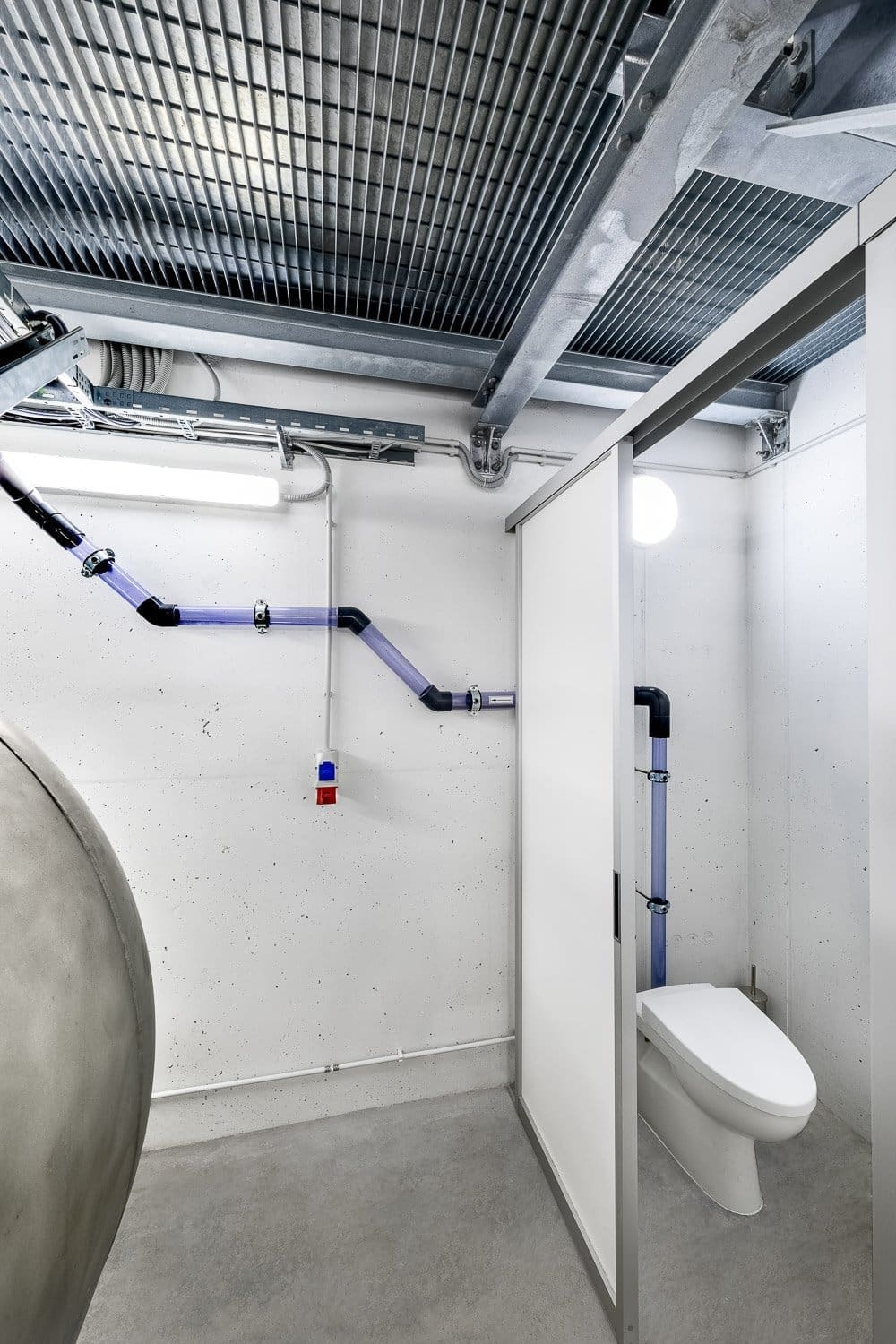
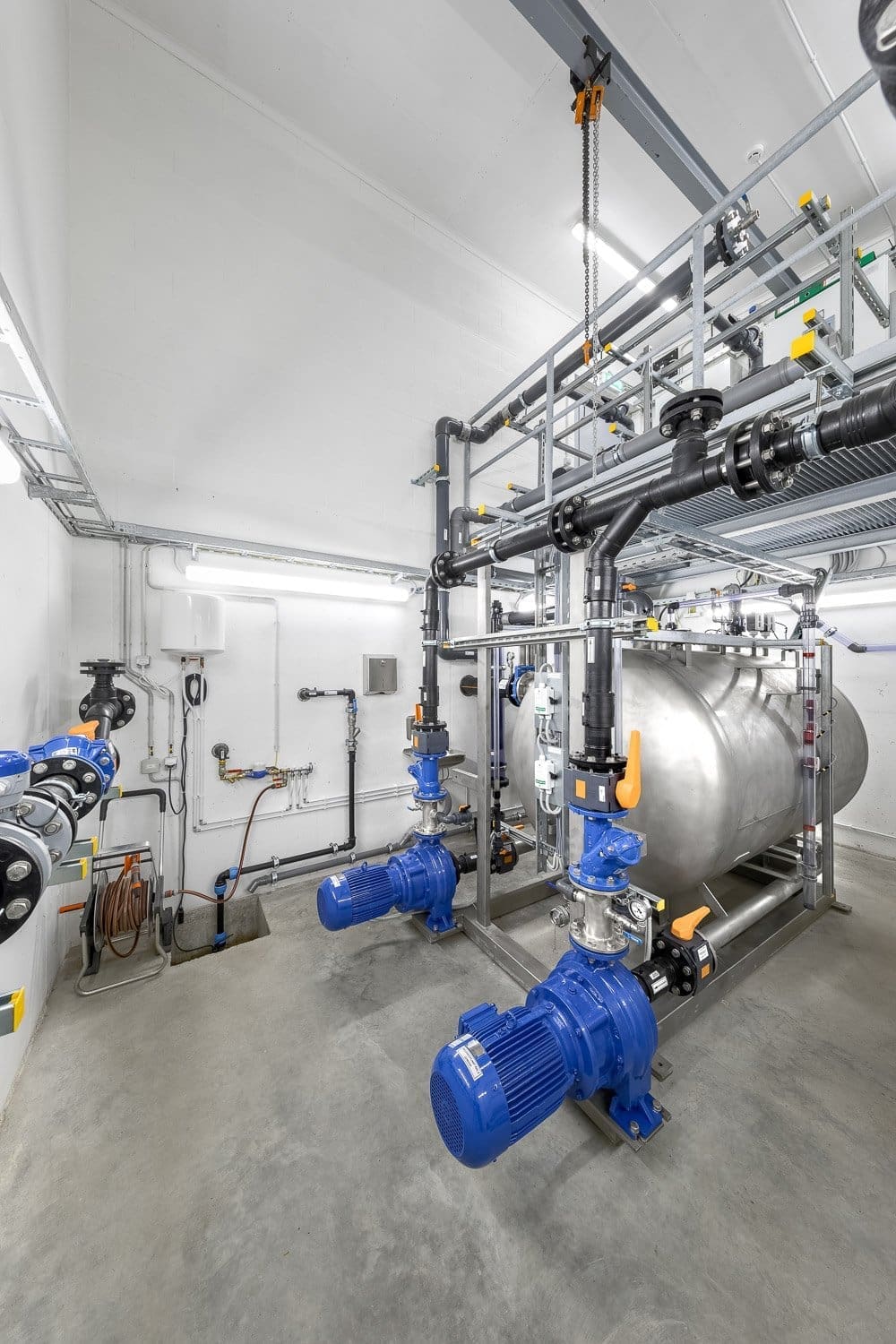
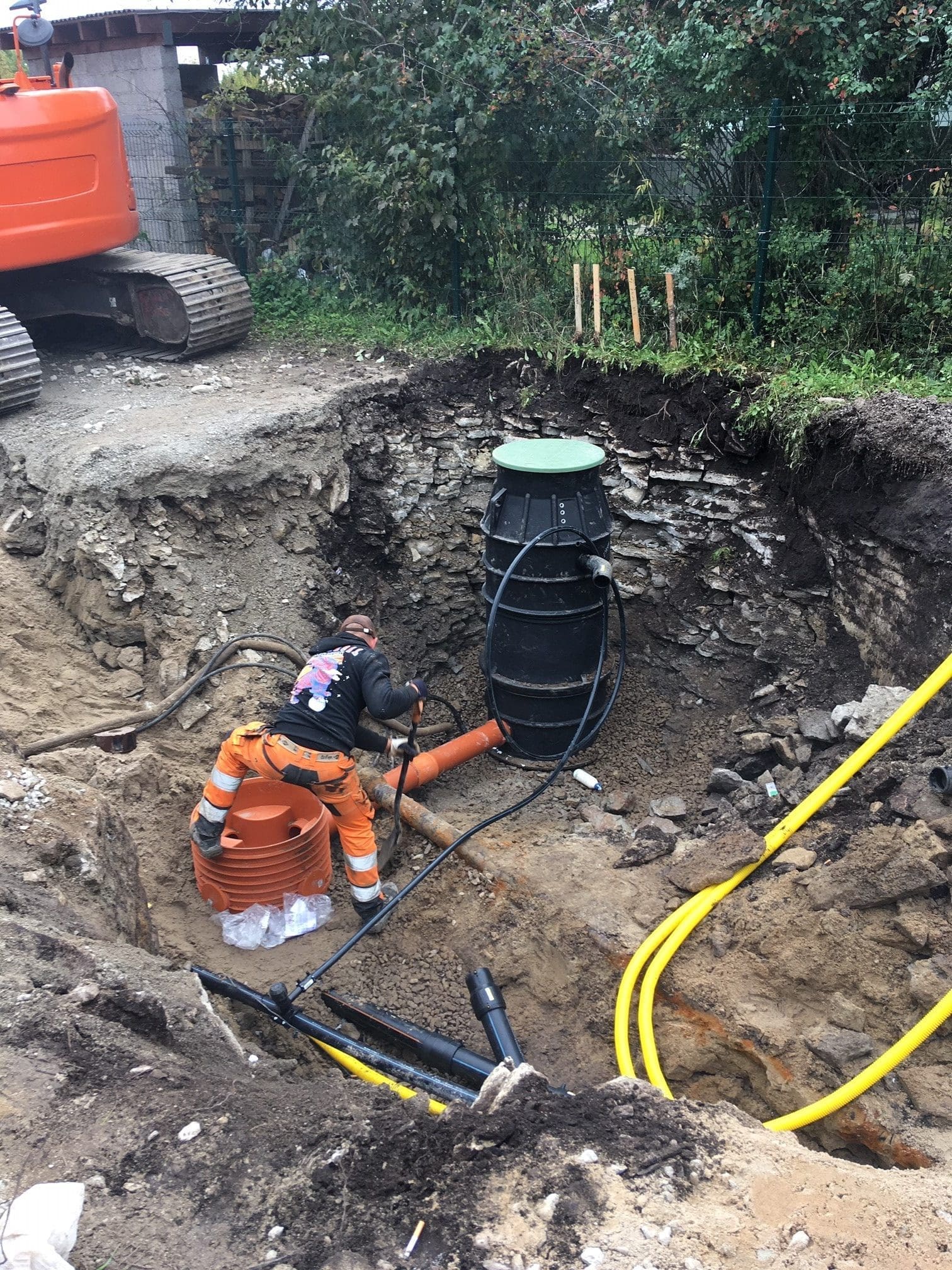
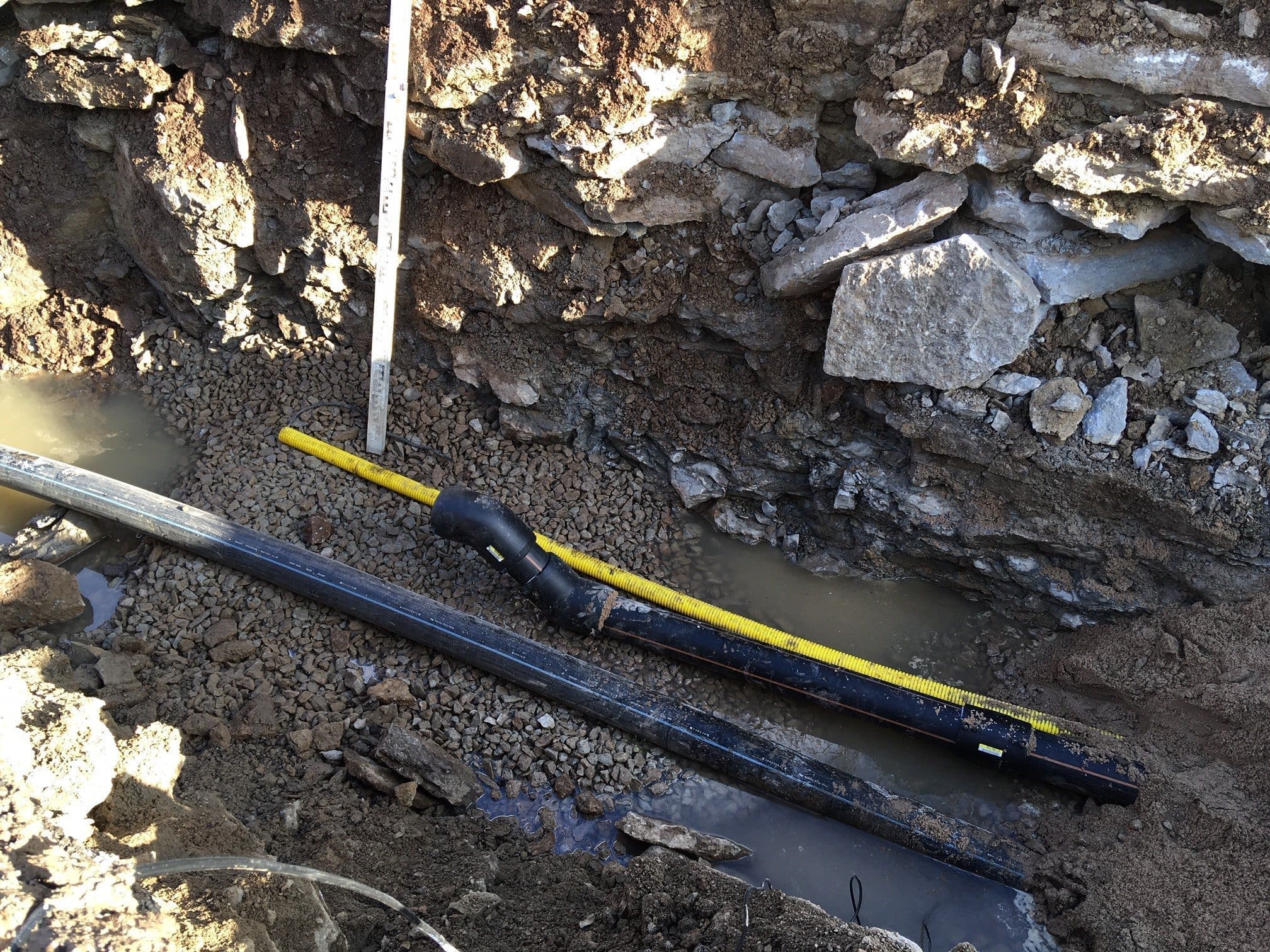
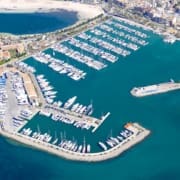

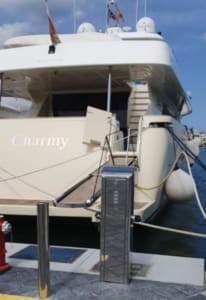
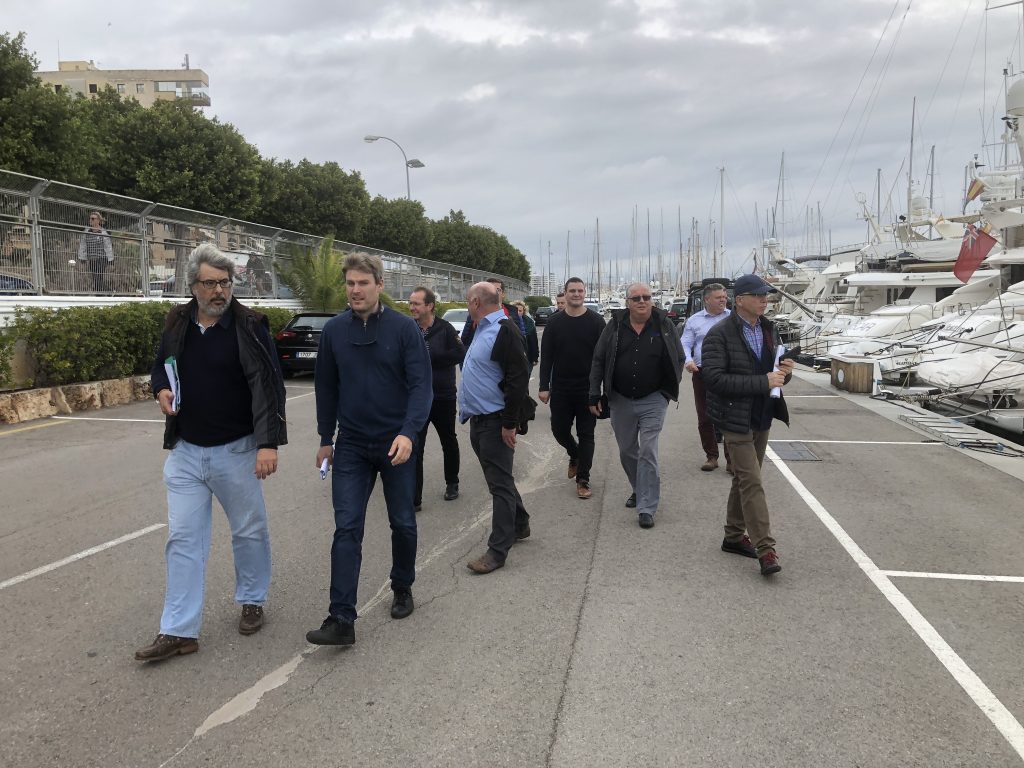
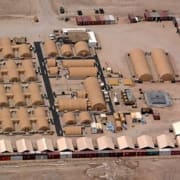
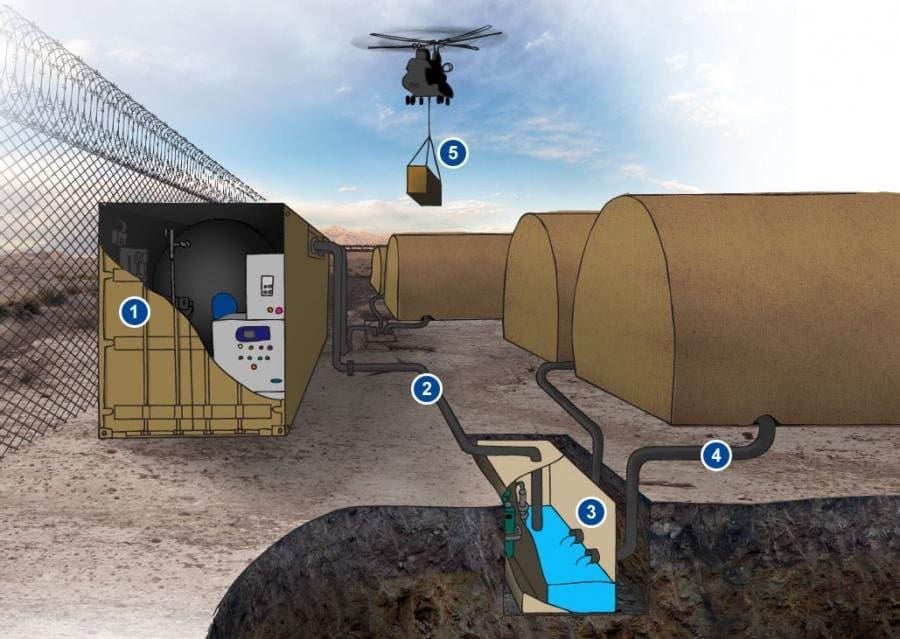
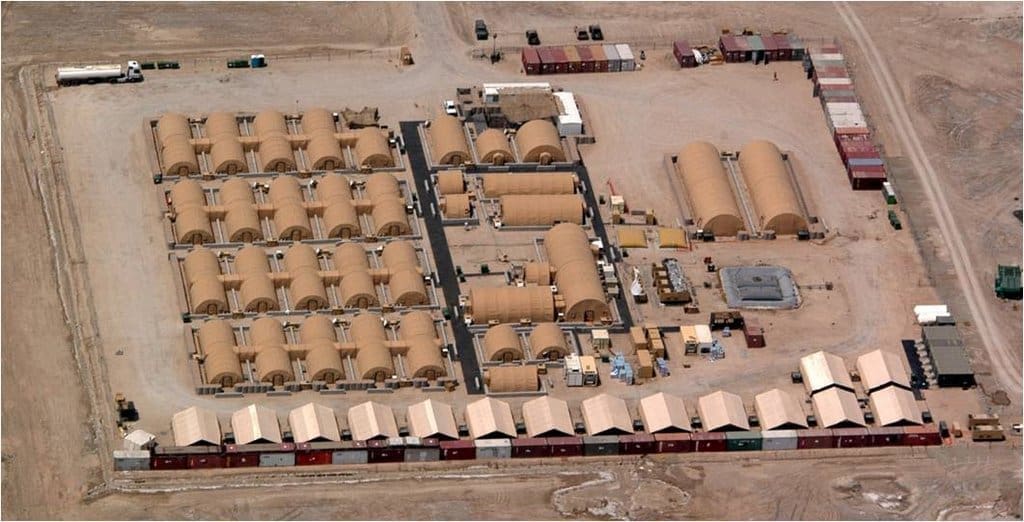
 Temporary Camps, whether emergency, workers accommodation, mining, military or refugee need to transport sewage from ablution blocks, kitchens and laundries. Installation of pipework can be time consuming, expensive and be damaging to the environment.
Temporary Camps, whether emergency, workers accommodation, mining, military or refugee need to transport sewage from ablution blocks, kitchens and laundries. Installation of pipework can be time consuming, expensive and be damaging to the environment.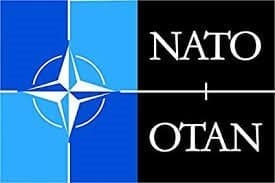 All systems pre-tested and commissioned prior to delivery and suitable for all climates
All systems pre-tested and commissioned prior to delivery and suitable for all climates